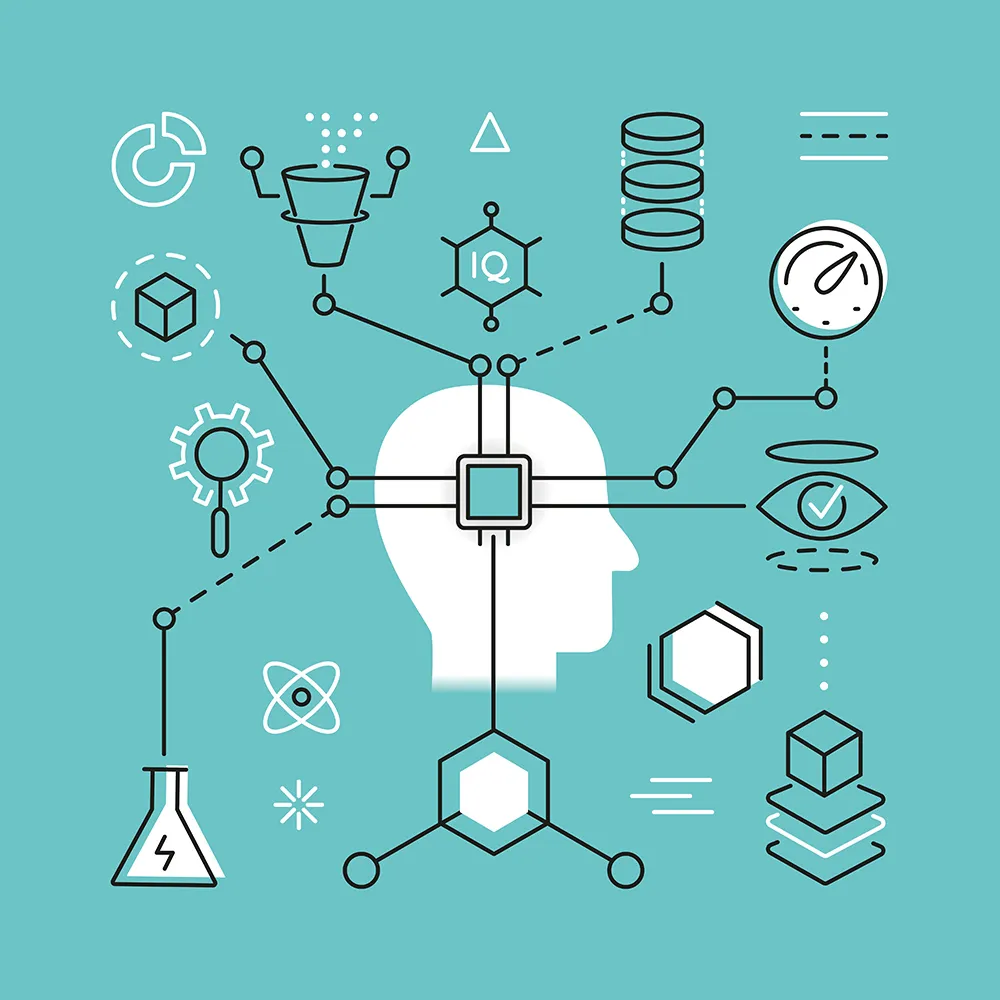Machine learning is quickly taking a dominant role in many aspects of the healthcare industry, from diagnosis to treatment and even population-level epidemiology. Until very recently, medicine was driven by self-learning and experience. However, as databases have grown in size and AI implementations have become more robust, the benefits that come from applying machine learning in medicine and healthcare are becoming more well known.
Almost every aspect of the healthcare pipeline has been affected by the influx of ML platforms. Three such areas experiencing significant growth are dermatology diagnosis, population-level outbreak prediction, and improvements to racial disparities.
ML Algorithms as Medical Diagnostic Tools
One of the first applications of machine learning in medicine was image analysis for diagnosing skin lesions for cancer. Published in 2019, the study used a set of over 10,000 images manually labeled by expert doctors to train the algorithm. In some cases, the best trained algorithms could even diagnose skin cancer lesions at a higher rate of accuracy than currently-practicing doctors.
The top three algorithms specifically tested in this study were able to differentiate between seven predefined diseases including basal cell carcinoma, a common type of skin cancer. However, it’s important to note that the classifiers had decreased performance for out-of-distribution images, and still required the expertise of an experienced doctor. The current difference between man and machine in these edge cases, however, will likely decrease as labeled datasets become more available for a wider range of diseases.
Interestingly, despite many clinics not actively using machine learning predictive algorithms in their diagnoses, the principles of ML are still being introduced to medical school curricula. One particular category of skin disease is called pigmented actinic keratosis, and is characterized by scaly patches. This is one of the diseases that algorithms are better at diagnosing than trained doctors and it turns out that the algorithm was paying more attention than usual to the skin surrounding the blemish instead of the blemish itself.
After students were instructed to focus on similar regions in their own diagnosis routine, accuracy increased by more than a third. This and other examples demonstrate how doctors and ML platforms can work together to optimize diagnosis.
#medicine #mls #ai #machine-learning
